The Trojan War
28 The Trojans
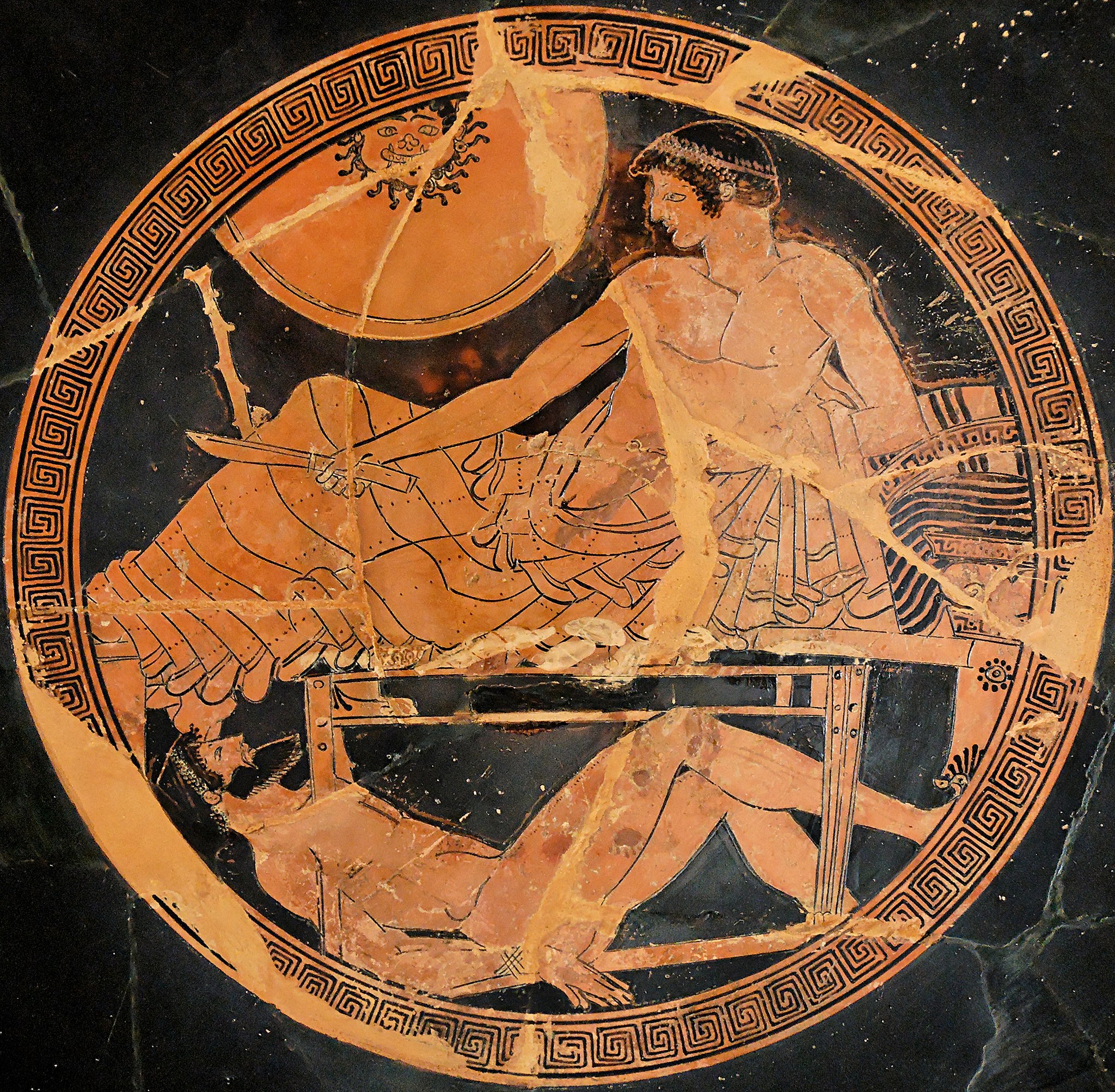
The Gods
The deities that choose to side with the Trojans are Aphrodite, Apollo, Artemis, Leto, Ares and his two sons, Phobos and Deimos, Eris herself, and the god of the local river, Scamander. The reasons for this are various. Aphrodite has a son among the Trojans, Aeneas, and protects Paris and Helen as she is the one who has brought them together. Apollo, Artemis, and Leto are greatly honoured in the city, so they choose to protect it against the invaders. Scamander is the personification of the river that flows next to Troy, and wants to protect his land and waters. Ares seems to just be there for the slaughter and eventually sides with the Trojans along with his sons, but the reason for his choice is never fully explained. However, he is the lover of Aphrodite, detests Athena, and one of his daughters, the queen of the Amazons, is an ally of the Trojans.
Hector
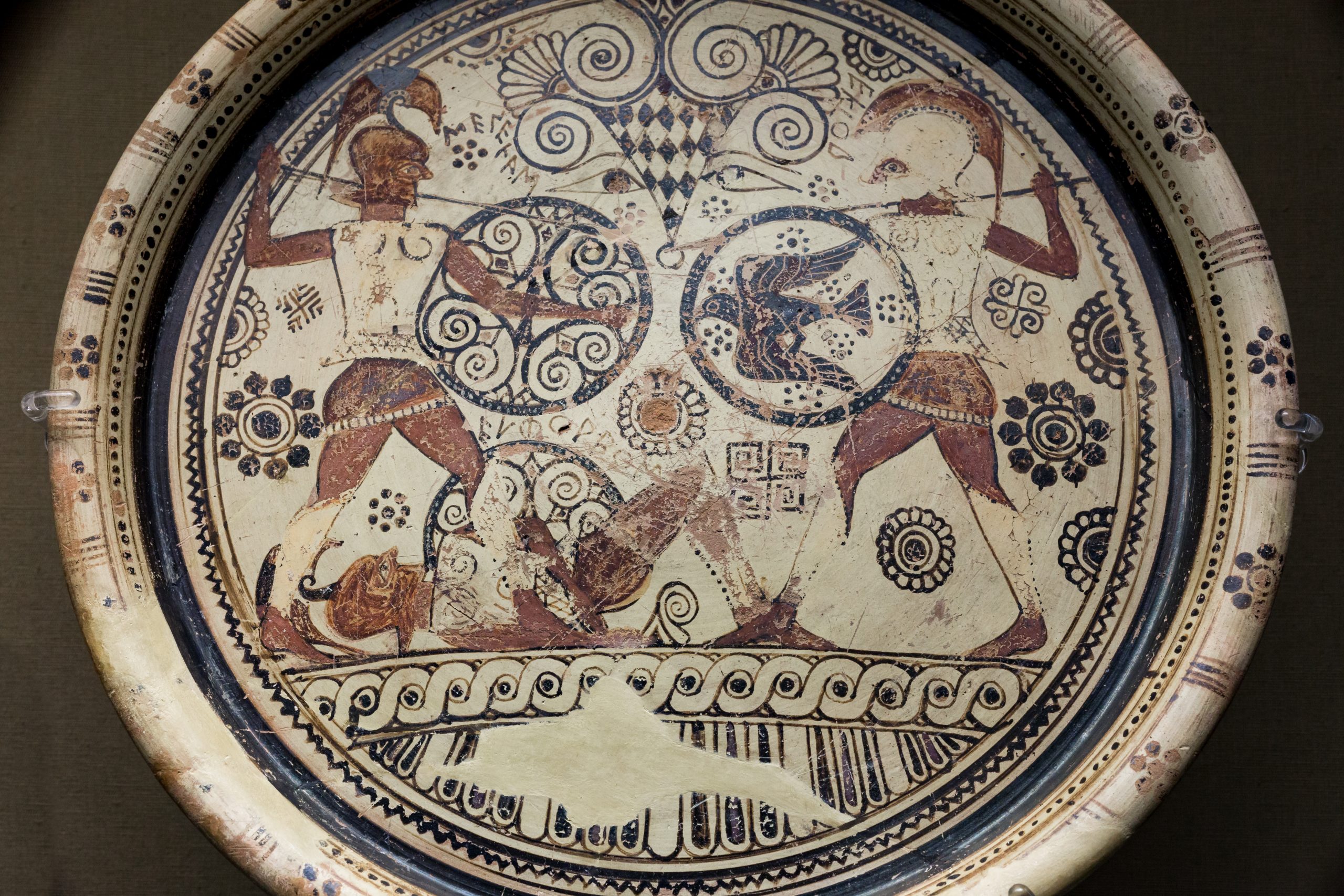
Firstborn of Priam and Hecuba, husband of Andromache and father of Astyanax. He is the field commander of the Trojans, loved and respected by all. He kills Patroclus and is later slain by Achilles in single combat. His funeral is narrated in detail in the last book of the Iliad.
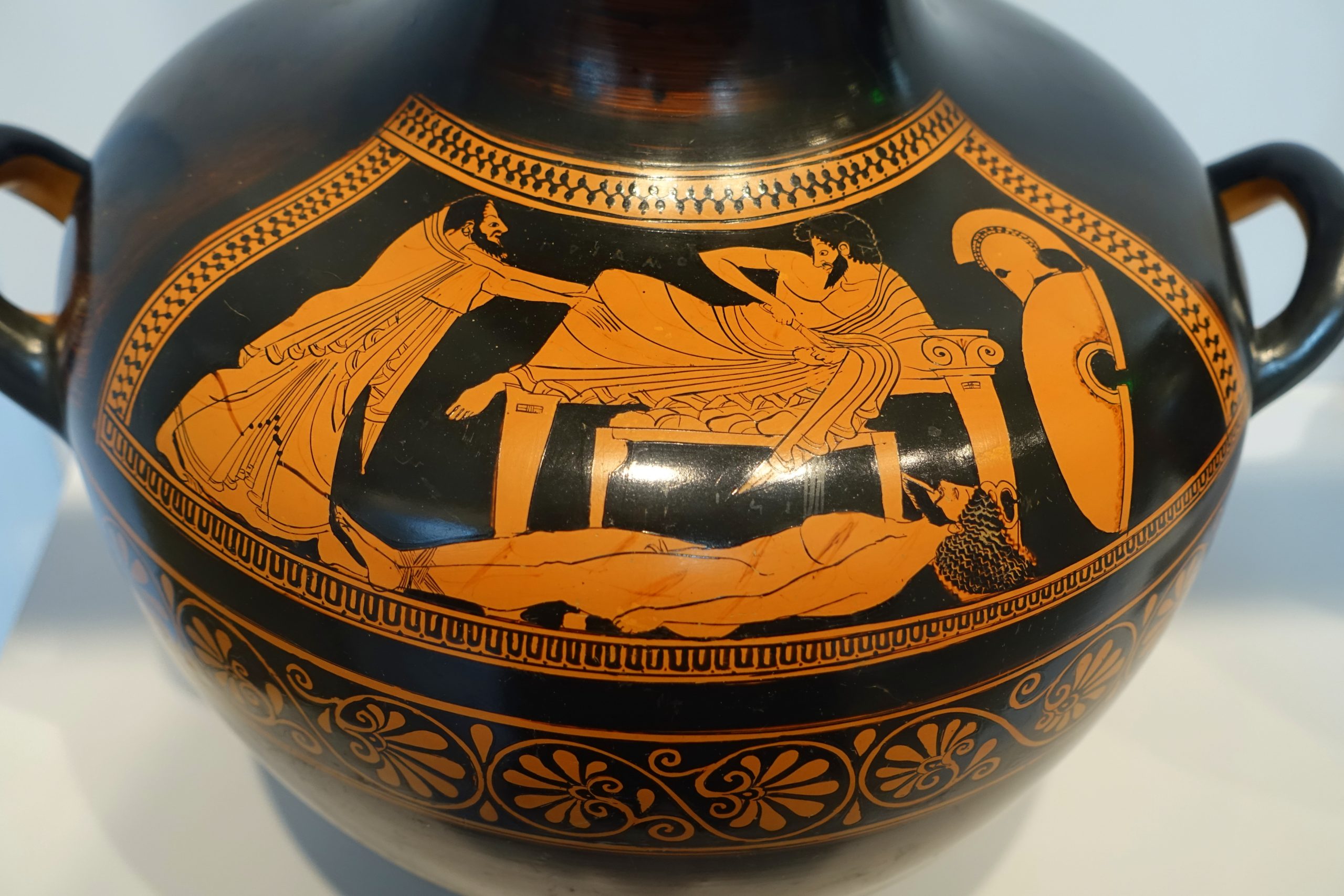
Paris
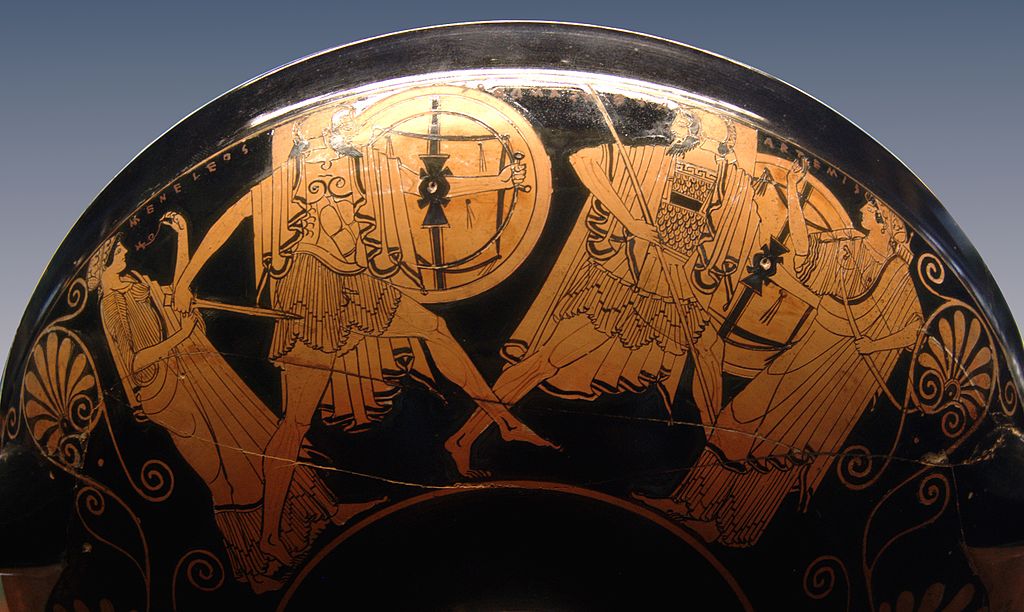
Prince of Troy raised by shepherds after being left to die on a mountain after a prophecy that marked him as the author of the doom of Troy. Not particularly brave in battle, he is despised by his brothers and (eventually) even by his lover, Helen. He kills Achilles with an arrow with Apollo’s help. His choice of Aphrodite as the most beautiful goddess is the act that sets the Trojan War in motion.
Priam
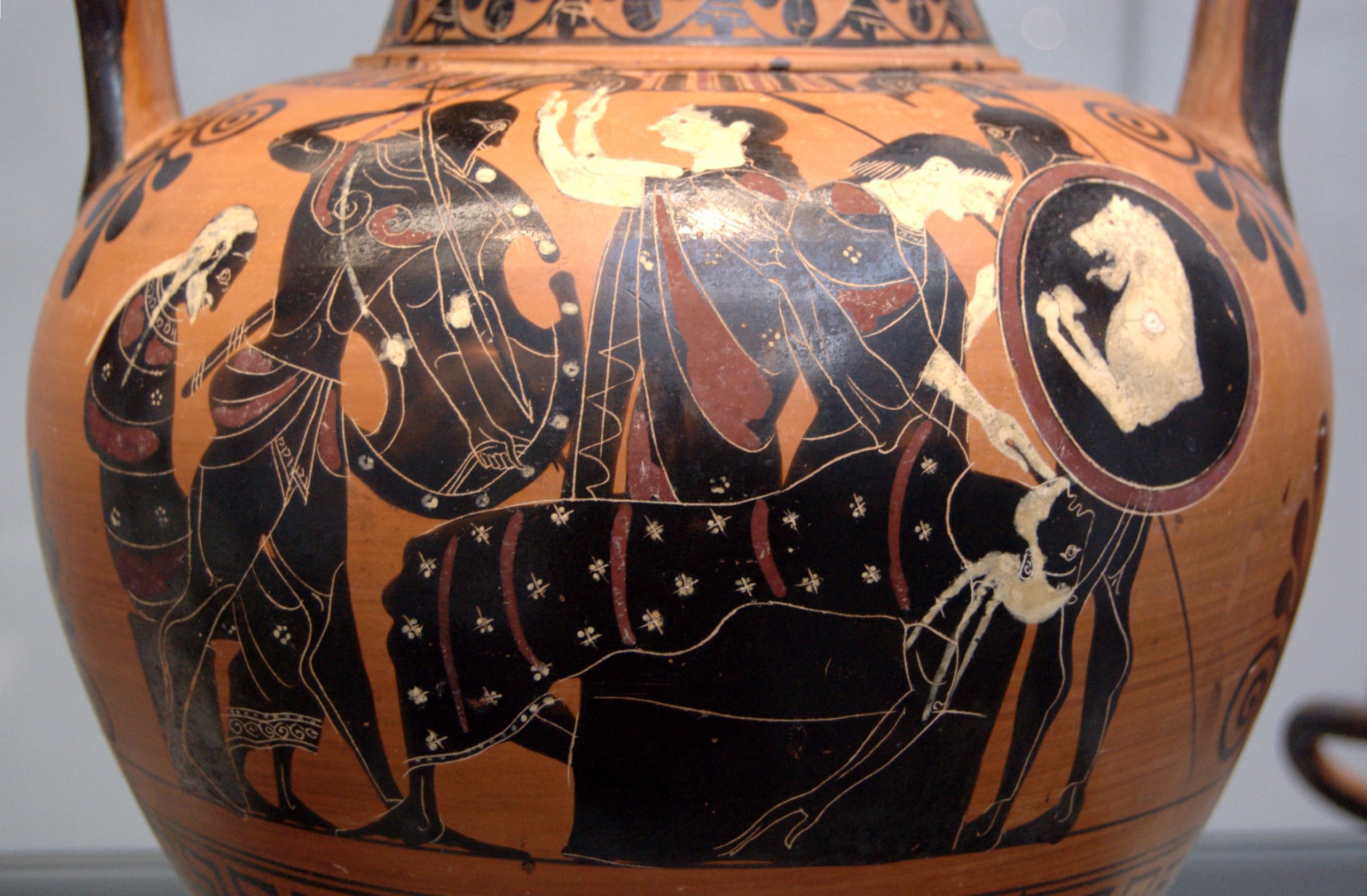
Old king of Troy, father to fifty children. One of the few people to not resent Helen for the war. He is slain in his palace by Neoptolemos when the city falls.
Helen
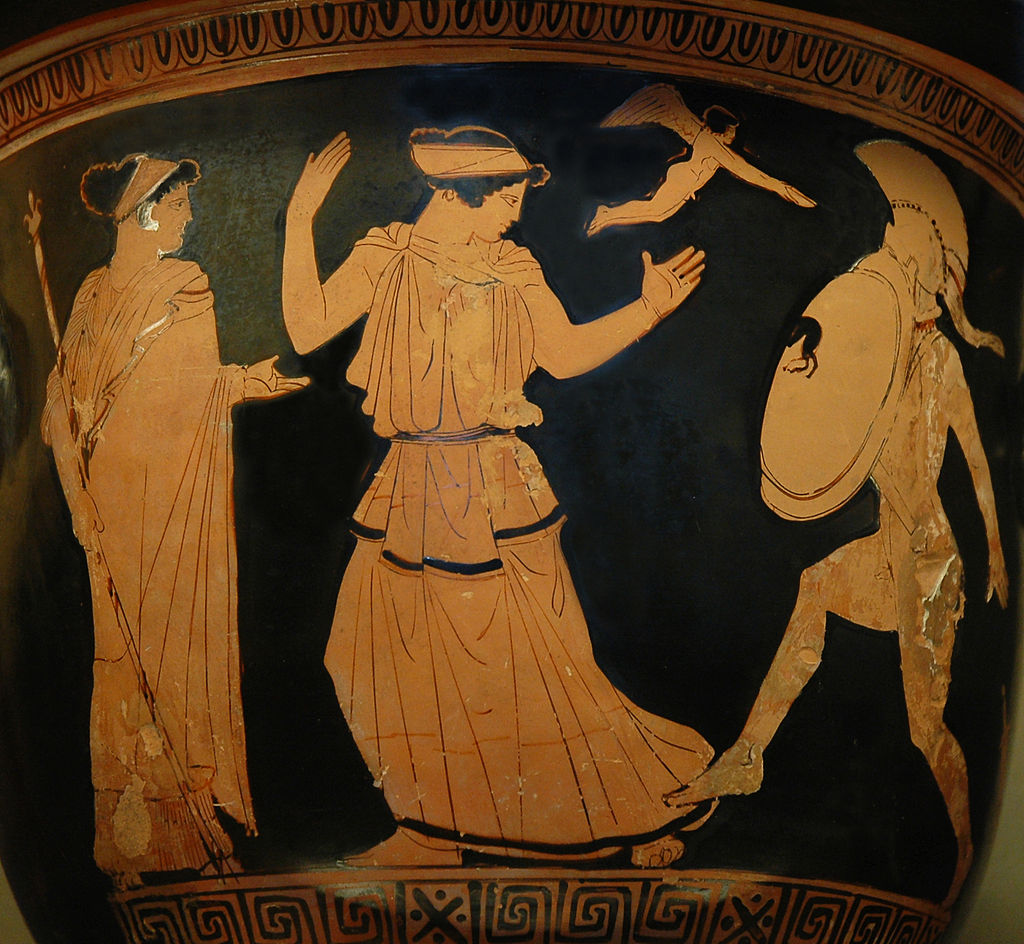
The only semidivine daughter of Zeus, the most beautiful woman in the world, sister of Clytemnestra and the Dioscuri. Although married to Menelaus she runs away with Paris – although her agency in the matter is doubtful. After his death she marries one of his brothers, Deiphobos, and at the end of the war goes back to Sparta with her husband without facing punishment from him.
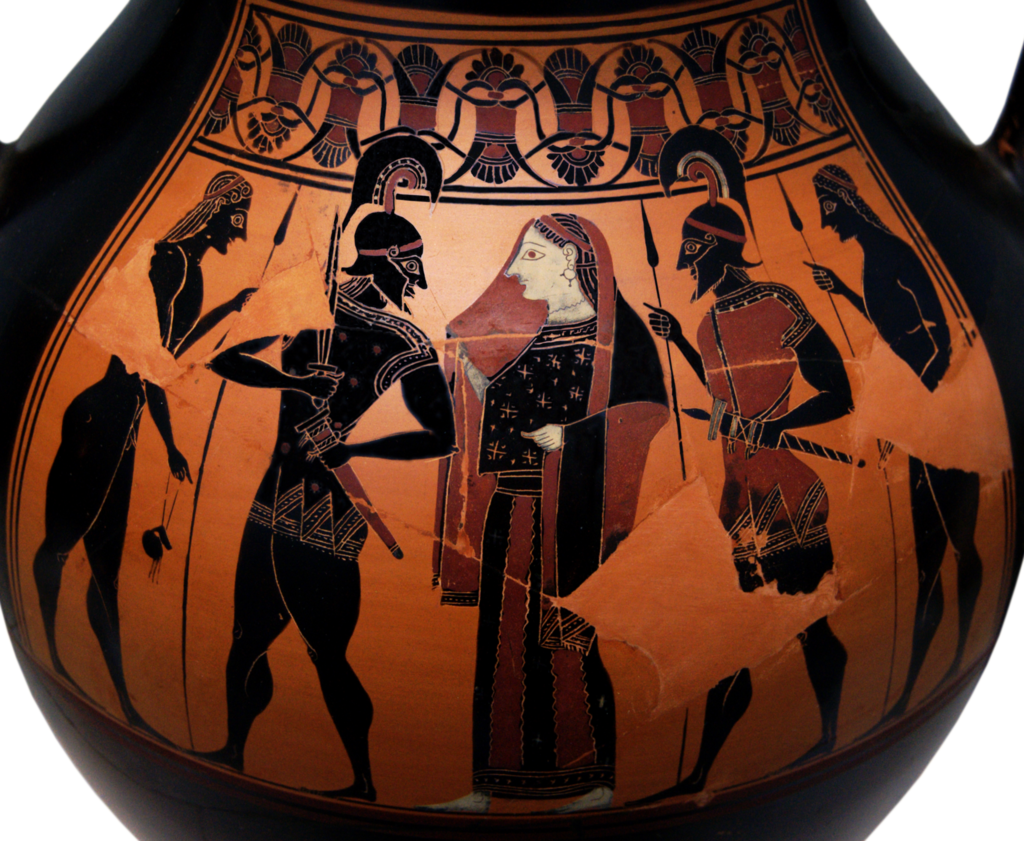
Andromache
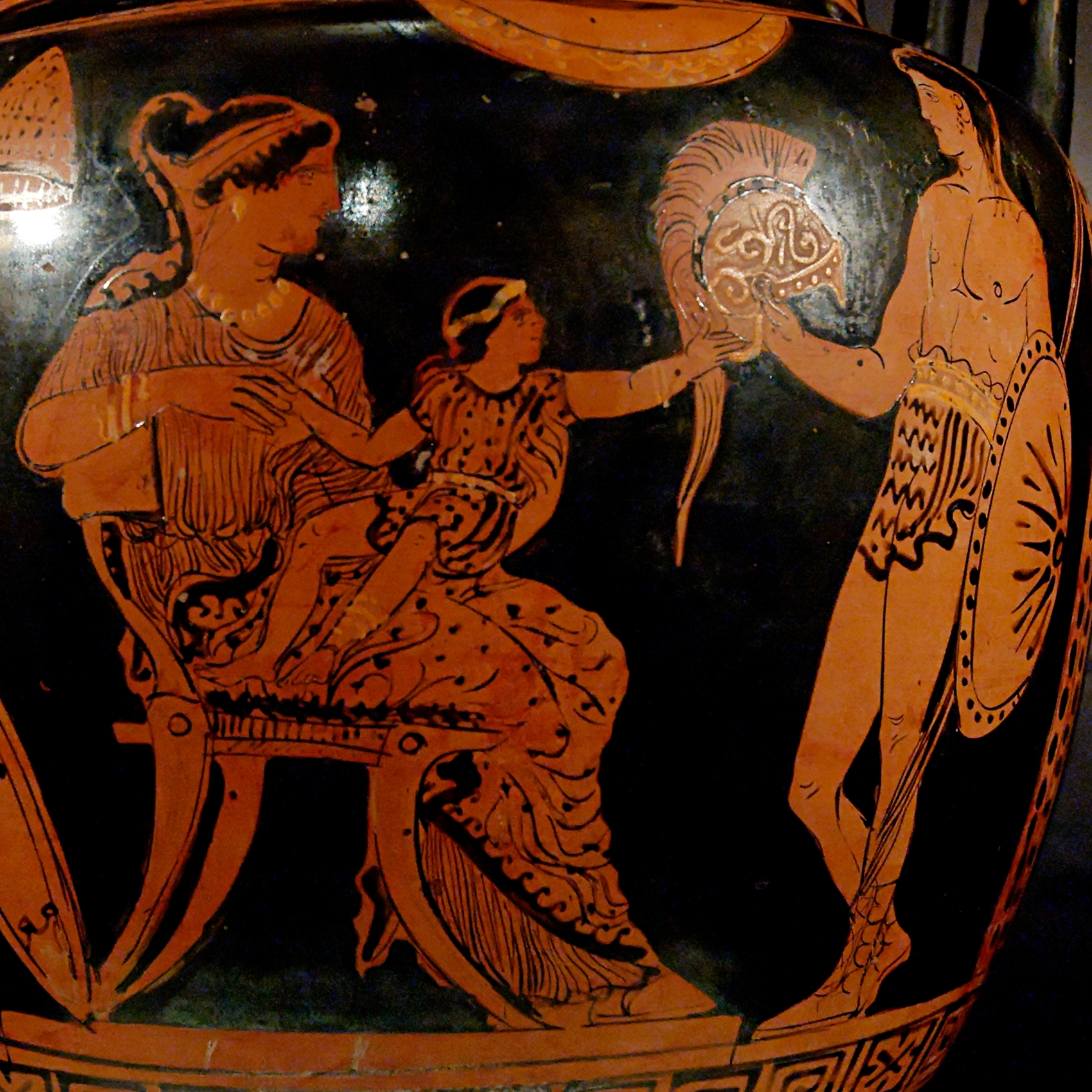
Wife of Hector, mother of Astyanax. After the war she is assigned to Neoptolemos, but after his death she escapes to Italy with other Trojan survivors and marries another of Priam’s sons, the seer Helenus.
Hecuba
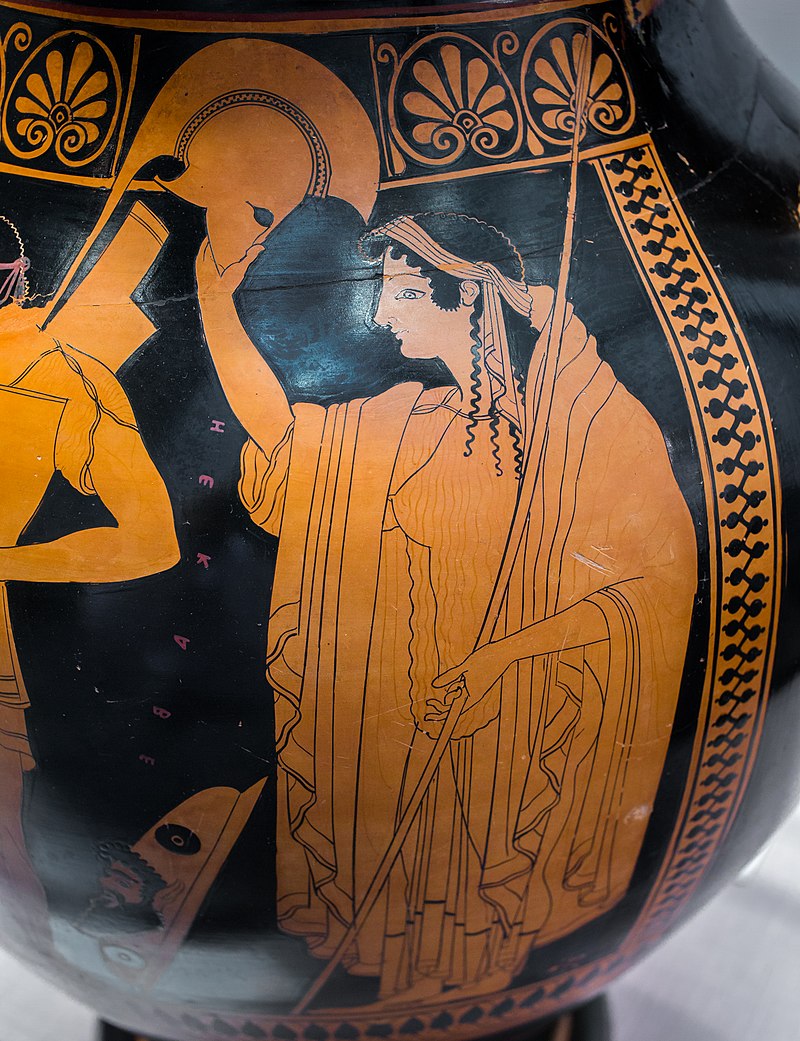
Old queen of Troy, wife of Priam and mother of many of his children. At the end of the war she is assigned to Odysseus, who either throws her overboard or abandons her before reaching his kingdom.
Sarpedon
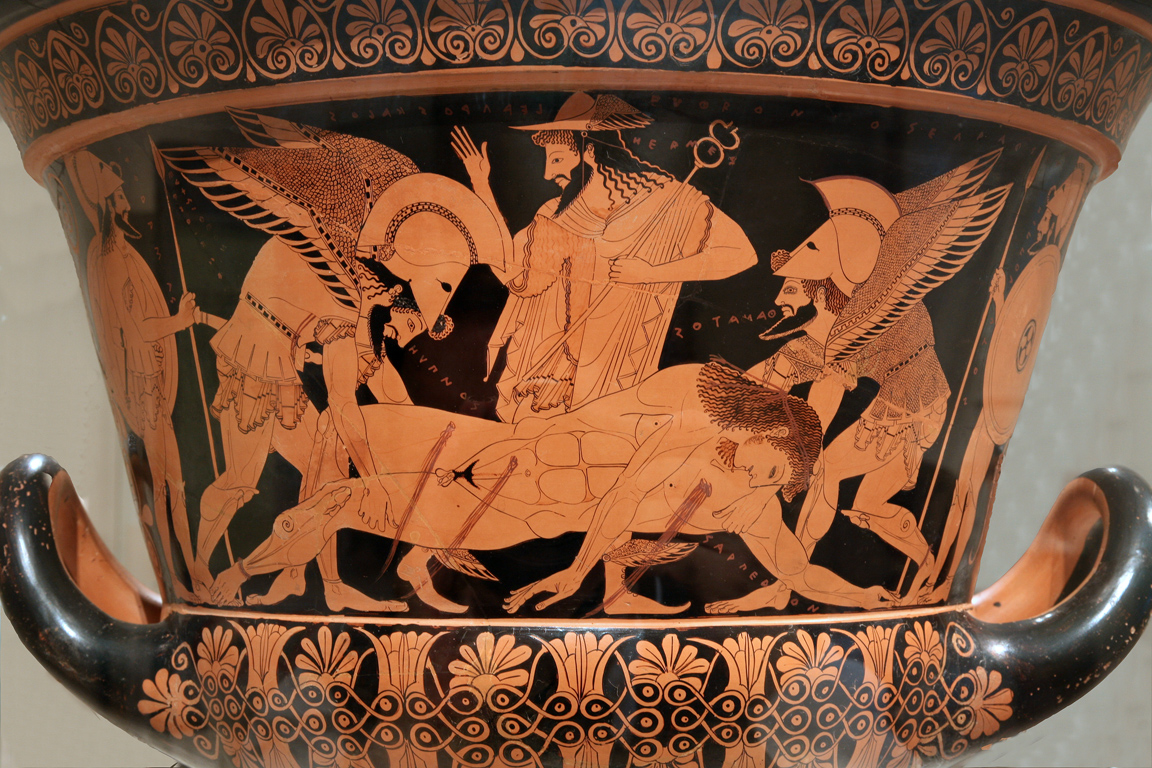
Son of Zeus and king of the Lycians, allies of the Trojans that come to help the city in the tenth year of the siege. He is slain by Patroclus, causing Zeus to send a shower of bloody raindrops over the Trojans’ heads to express his grief. His body is then spirited away by Hypnos and Thanatos (Sleep and Death) and brought back to his family.
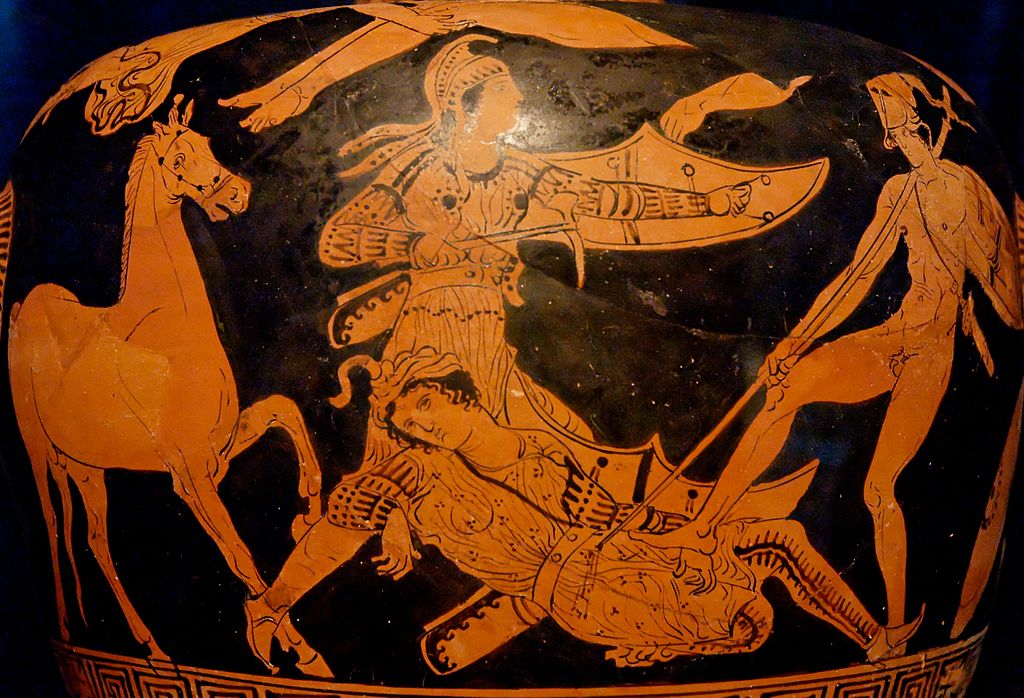
Penthesilea

Daughter of Ares and queen of the Amazons, allies of the Trojans that come to help the city in the tenth year of the siege. She is slain by Achilles, who then kills the Greek Thersites who had accused him of having fallen in love with the Amazon queen.
For further discussion of Penthesilea and the Amazons, and for Homer’s account of her death, see chapter 23.
Cassandra
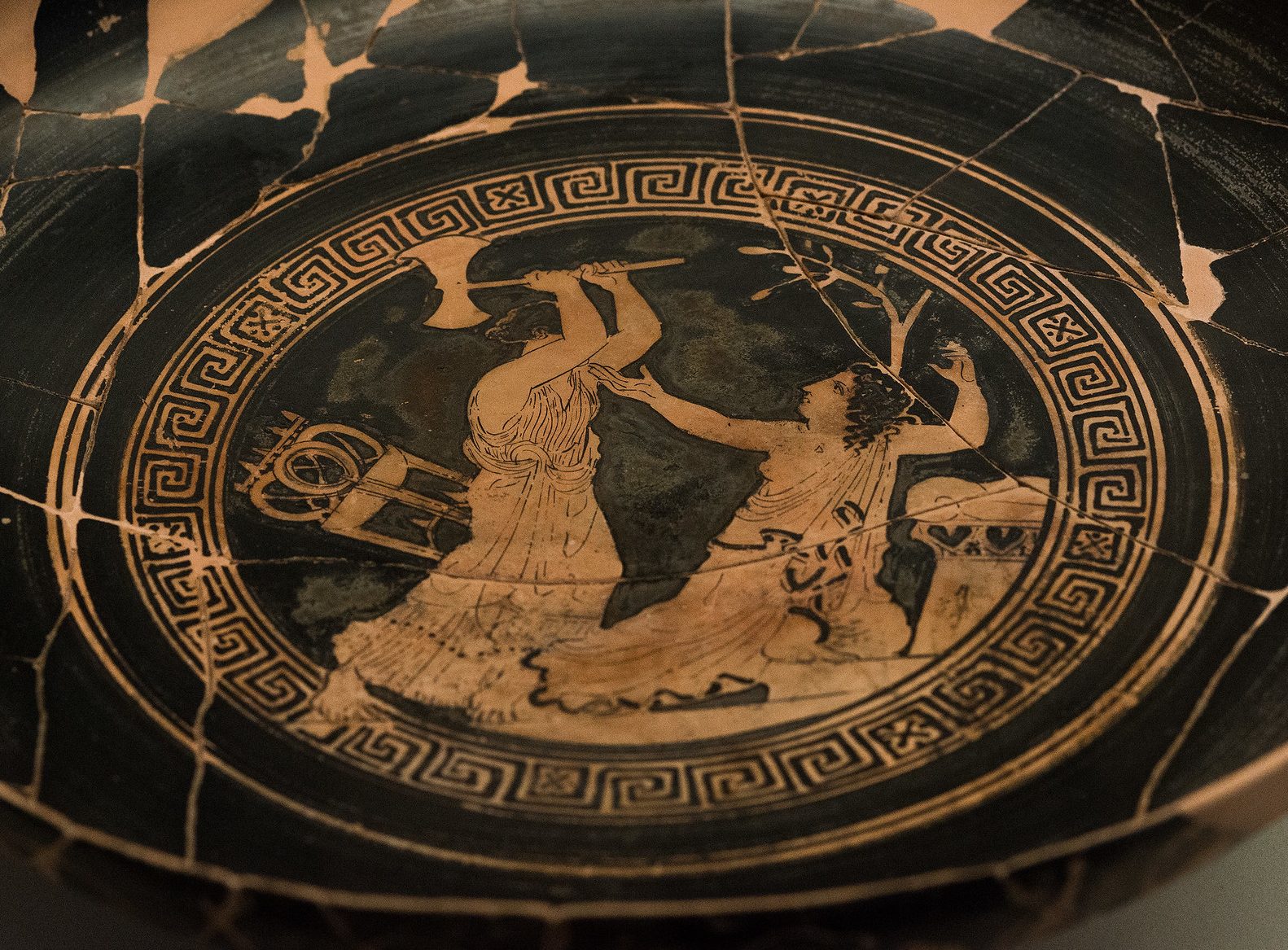
Daughter of Priam, priestess of Apollo. She is cursed with always speaking the truth and never being believed. After the city falls she is assigned to Agamemnon as war prize, and is killed alongside him and his men by his wife in Mycenae.
Aeneas
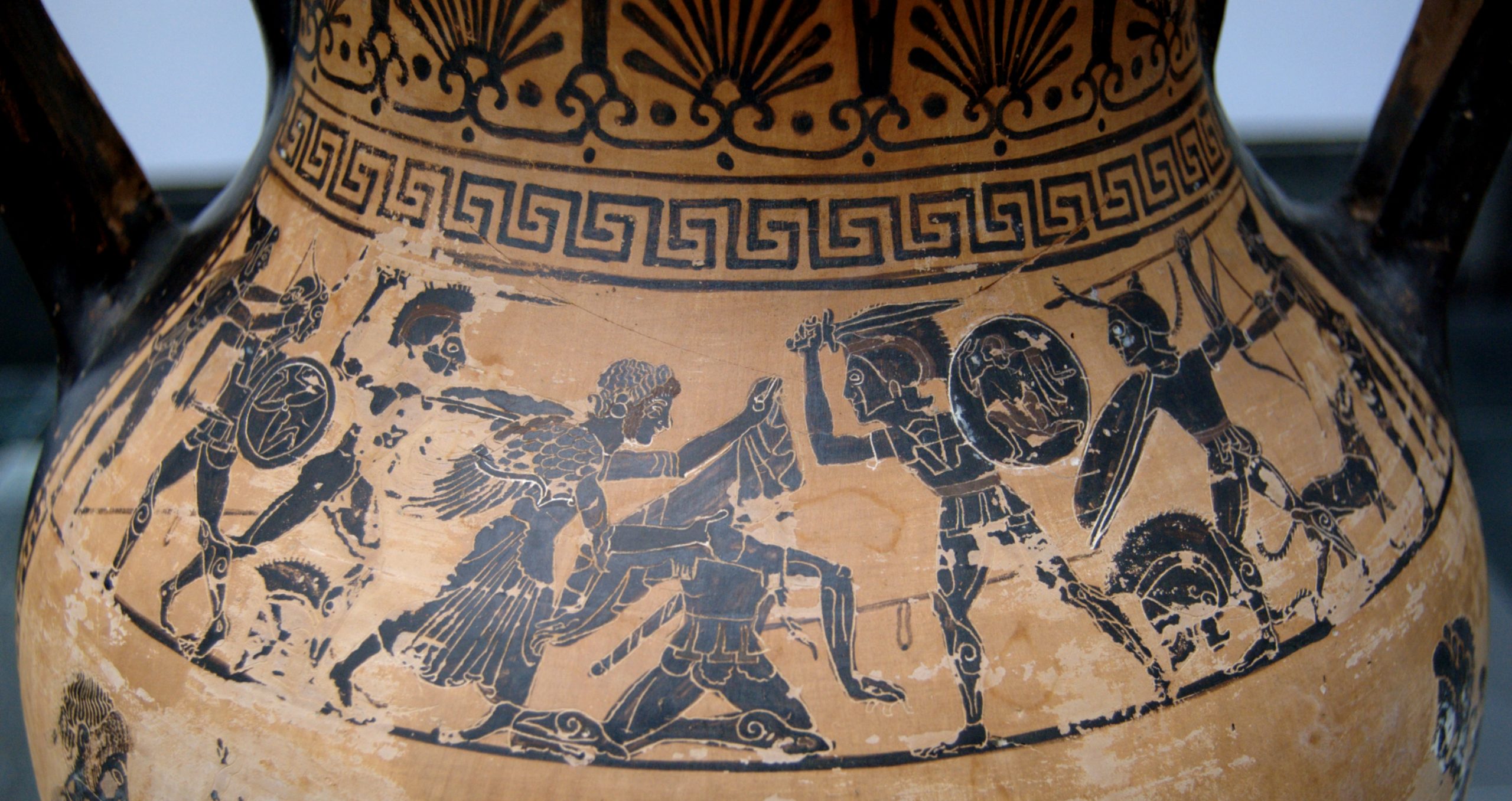
Son of Aphrodite and Anchises, cousin of Hector and his siblings on his father’s side, prince of the Dardanians. He is protected by the gods and saved from certain death in two instances. When the city falls, he narrowly escapes and brings with him his old father, his young son, and the small statues representing the gods of the city.
Media Attributions
Media Attributions
- Achilles Hector Louvre G153 © Marie-Lan Nguyen is licensed under a Public Domain license
- East Dorian plate – Menelaos and Hektor fighting over the body of Euphorbos – London BM 1860-0404-1 © ArchaiOptix is licensed under a CC BY-SA (Attribution ShareAlike) license
- The Ransom of Hector, hydria, by the Pioneer Group, Attic Greek, 510-500 BC, red-figure terracotta – Sackler Museum – Harvard University – DSC01787 is licensed under a Public Domain license
- Menelaos Paris Louvre G115 © Bibi Saint-Pol is licensed under a Public Domain license
- Neoptolemos Priamos Martin-von-Wagner-Museum L179 © Bibi Saint-Pol is licensed under a Public Domain license
- Helen Menelaus Louvre G424 © Jastrow is licensed under a Public Domain license
- Helen and Menelaos Staatliche Antikensammlungen 1383 cropped glare reduced and solid white background © Bibi Saint-Pol is licensed under a Public Domain license
- Hector Astyanax MN Jatta © Jastrow is licensed under a Public Domain license
- Euthymides ARV 26 1 Hector arming – komos © ArchaiOptix is licensed under a CC BY-SA (Attribution ShareAlike) license
- Euphronios krater side A MET L.2006.10 © Jaime Ardiles-Arce is licensed under a Public Domain license
- Death Sarpedon MNA Policoro © Jastrow is licensed under a Public Domain license
- Penthesilea Painter ARV 879 1 Achilles killing Penthesilea – youths arming with horses © ArchaiOptix is licensed under a CC BY-SA (Attribution ShareAlike) license
- Crime and Punishment © Egisto Sani is licensed under a CC BY-NC-SA (Attribution NonCommercial ShareAlike) license
- Aineias_Aphrodite_Martin-von-Wagner-Museum_L793 © Bibi St-Pol is licensed under a Public Domain license

